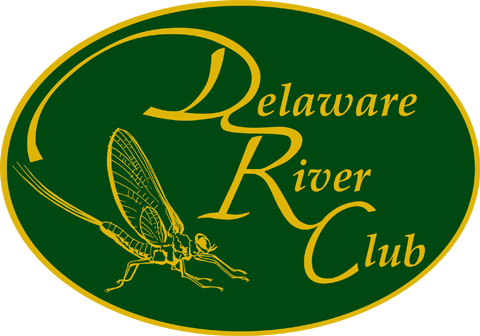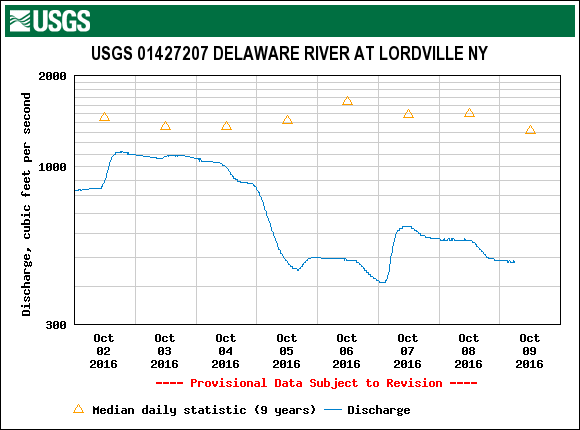The release from Cannonsville has been dropped slightly to 186 cfs. This still leaves massive amounts of exposed river bed on the Mainstem. Water temperatures are fine and if you do fish down there you certainly do not need chest waders. It’s pretty damn sad that we cannot get a small amount of water released to cover the river bottom. In the Spring DEP put out a press release about being “Good Neighbors” to the downstream users. We’re going to delve into that one over the winter.
Nymphs and wet flies still provided the most action yesterday. There were some fish rising but most fish were feeding underneath. Smaller flies are working better right now for both nymphs and dries. There are some isonychias around but the majority of insects were seeing are small olives, heptagenia, and small caddis.
Hatching:
Slate Drake – #12 – 14- Isonychia bicolor
Olive Sulphur – #18 – 20– Heptagenia hebe
Tiny Blue Winged Olive – #22 – 26 – Psuedocloeon spp.
Blue Winged Olive – #18 – 20 – E. lata
Tan Caddis – #16 – 20 – Hydropsyche spp.
Dark Brachycentrus sp. – #14 – 18 – Dark Grannom
Little Black Caddis #18 – 20 – Chimarra sp.
Blue Winged Olives #16 – 18 – Baetis vagans (updated name: Baetis tricaudatus)
| West Branch at Stilesville, NY | 163 cfs |
55° |
| West Branch at Hale Eddy, NY | 274 cfs |
56° |
| East Branch at Harvard, NY | 110 cfs | 52° |
| East Branch at Fish’s Eddy, NY | 196 cfs |
56° |
| Mainstem at Lordville, NY | 480 cfs |
58° |
| Beaverkill at Cooks Falls, NY | 64 cfs | N/A |
| Cannonsville Reservoir Release | 186 cfs |
|
| West Branch at 191 Bridge | N/A | 55° |
| West Branch at Walton (Cannonsville inflow) | 62 cfs |
|
| Cannonsville Reservoir Capacity | 45.3% | |
| Pepacton Reservoir Capacity | 71.2% |


